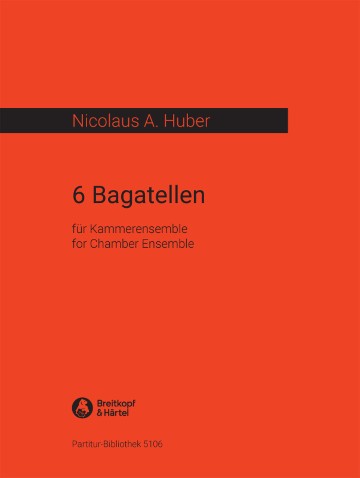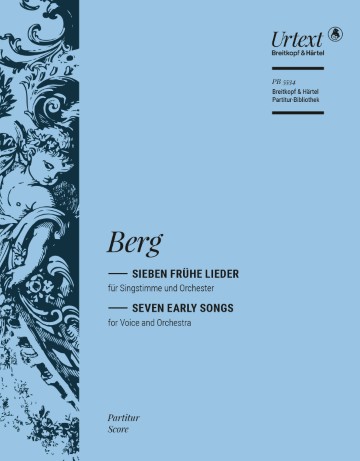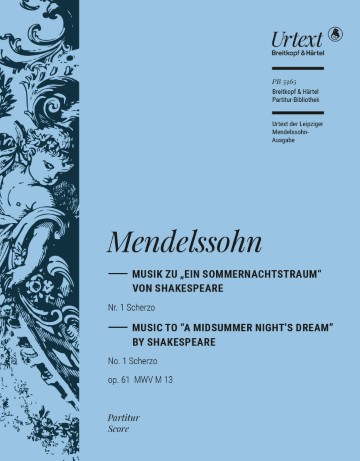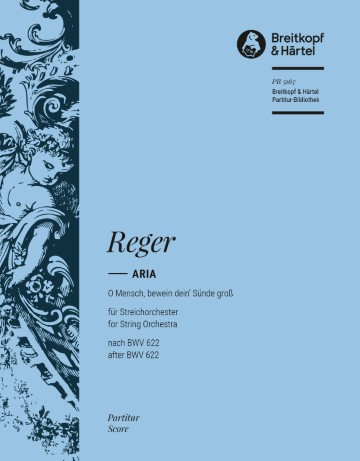Symphony in D minor
Urtext
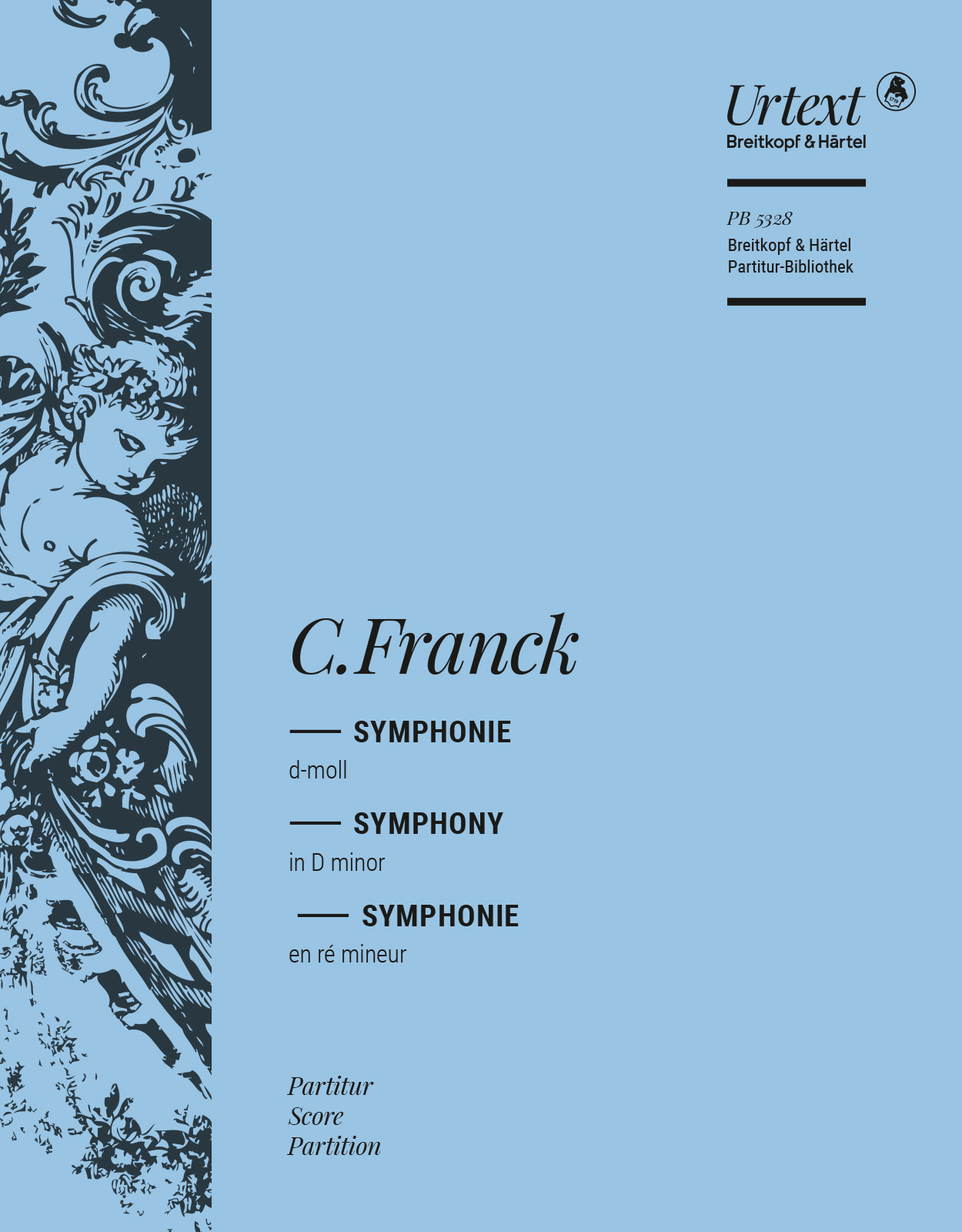
Composer: Franck, Cesar
Editor: Jost, Peter
Instrumentation: Orchestra
Publisher:
| Product Code: | 979-0-004-81953-1 |
| ISMN: | 979-0-004-81953-1 |
| Publishers Number: | PB 5328D |
| Orchestration: | 2.2.cor ang.2.B-clar.2 – 4.2.2flhn.3.1 – timp – hp – str |
| Page count: | 168 |
| Condition: | New |
Raised in a modest family with a deep appreciation for music, Franck initially pursued studies in the violin and piano before finding his true calling in the organ. Determined to immerse himself in every facet of musical performance, he embraced the organ’s grand and multifaceted nature, which allowed him to explore complex textures and rich harmonies. This early period of musical exploration laid the foundation for his future contributions as both a virtuoso performer and a forward-thinking composer.
After relocating to Paris, Franck found himself at the heart of a vibrant and competitive musical community. Although he did not follow a traditional path through the conservatories, his relentless self-study and engagement with contemporary musicians helped him cultivate a distinctive voice. His techniques, characterized by elegant themes intertwined with innovative harmonic progressions, often transcended the established norms of his time. It was this willingness to challenge convention that eventually allowed him to emerge as a truly original artist.
In 1858, Franck’s career reached a new milestone when he was appointed the principal organist at the Basilica of Sainte-Clotilde in Paris. In this role, he captivated audiences with his technical mastery and the emotional intensity of his performances. His ability to improvise on the organ was nothing short of legendary, as each concert became a journey through an evolving soundscape that blended meticulous structure with spontaneous creativity. His performances at Sainte-Clotilde not only elevated his reputation as an extraordinary musician but also reinforced the essential role of the organ in both sacred and concert settings.
One of Franck’s most significant contributions to music was his pioneering use of cyclic form. This innovative technique involved the repetition of thematic material throughout a composition’s various movements, thereby unifying the work into a cohesive whole. Such an approach is brilliantly evident in his Symphony in D minor and his Piano Quintet in F minor, where recurring motifs serve as connective tissue, lending a sense of inevitability and continuity to the music. By weaving themes seamlessly into the fabric of his compositions, Franck demonstrated that musical narratives need not be confined to linear progression but could instead evolve organically over time.
Franck’s harmonic language was equally groundbreaking. He delved deep into chromaticism and subtle shifts in tonality, crafting soundscapes that were both lush and innovative. His thoughtful manipulation of harmony created an atmosphere imbued with introspection and poetic depth. Whether in his large-scale orchestral works or intimate chamber pieces, his inventive use of chords and modulations opened up new dimensions of emotional expression, inviting listeners to engage with the music on multiple levels.
Beyond performance and composition, César Franck was a dedicated and influential teacher. His tenure at the Paris Conservatory allowed him to mentor a generation of musicians, including prominent figures such as Vincent d’Indy. His teaching emphasized not only technical proficiency and the mastery of counterpoint but also the importance of personal expression and creative individuality. Through his students, Franck’s innovative ideas and rigorous approach to musical structure continued to flourish, leaving an enduring imprint on subsequent generations of French composers.
Today, César Franck is remembered not merely for his impressive body of work, but also for his profound impact on the evolution of Romantic music. His legacy is celebrated in concert halls and churches alike, where his compositions continue to resonate with audiences around the globe. The depth of emotion and intellectual rigor found in his music offer a window into a world where sound becomes a powerful medium for exploring the human spirit. The transformative nature of his art endures, inviting each new generation to experience the beauty of innovation intertwined with tradition.
Reflecting on César Franck’s life and legacy, one is struck by his extraordinary blend of technical mastery and passionate innovation that transformed the musical landscape. His timeless compositions, derived from a profound synthesis of tradition and modernity, continue to inspire performers and audiences, urging each of us to explore and celebrate the limitless possibilities inherent in artistic expression. His legacy compels us to cherish music’s timeless creative spirit.
César Franck wrote his Symphony in D minor in 1887/88; in spite of the work's lukewarm reception at its world premiere on 17 February 1889, the work…
Just as with the previously published “Carnival of the Animals” (PB/OB 5321) by Saint-Saens, Franck’s work also raises many questions concerning its origin and history. Peter Jost based his work on the first edition (the autograph was destroyed in a fire in 1935) as well as on the piano reduction (four-handed) by the composer.
R.R.P 102
Our Price: 86
Digital Download – PDF
Please create and forward a copy of this publication to the customer
You might also like
-
6 Bagatelles
£34.00 -
7 Early Songs
£36.00 -
A Midsummer Night’s Dream No. 1 from Op. 61 MWV M 13
£21.00 -
Aria “O Mensch, bewein dein’ Sünde groß”
£6.00

